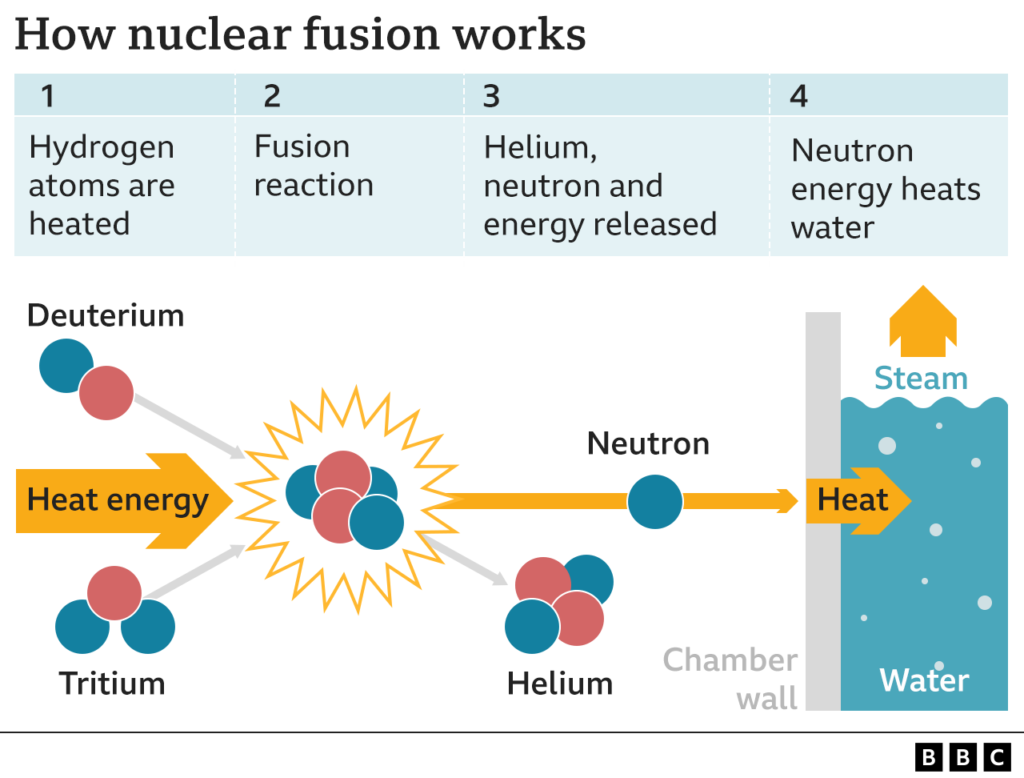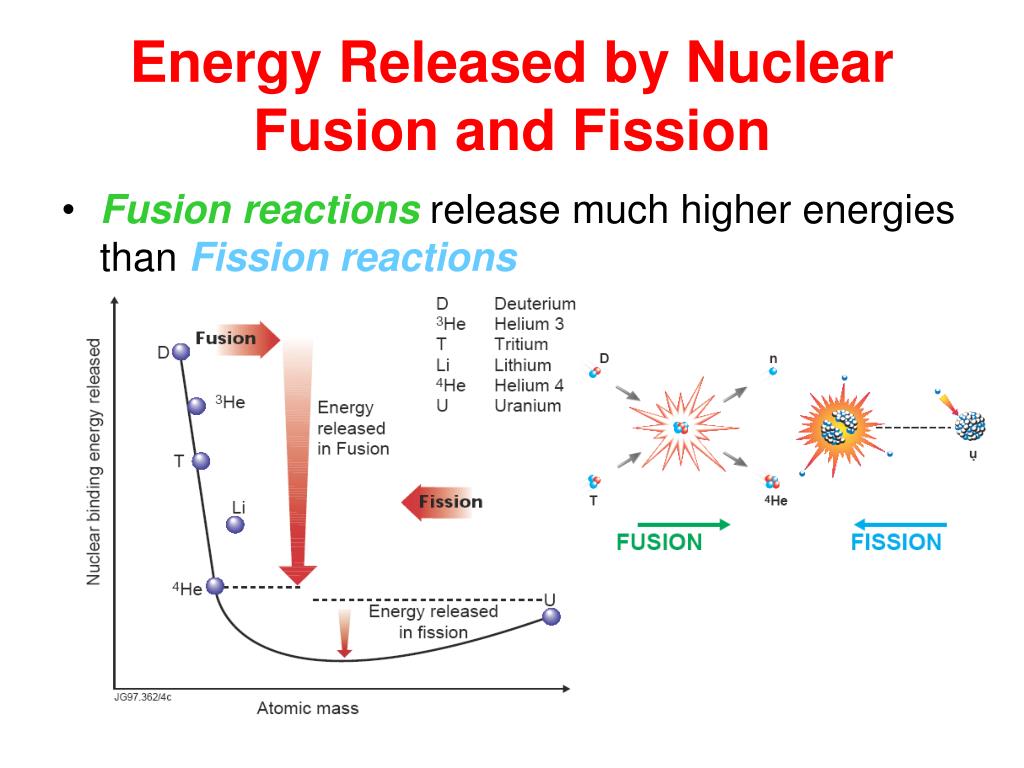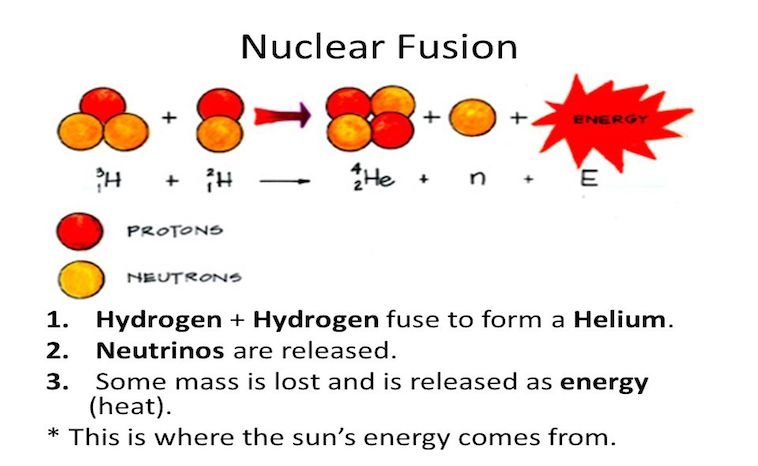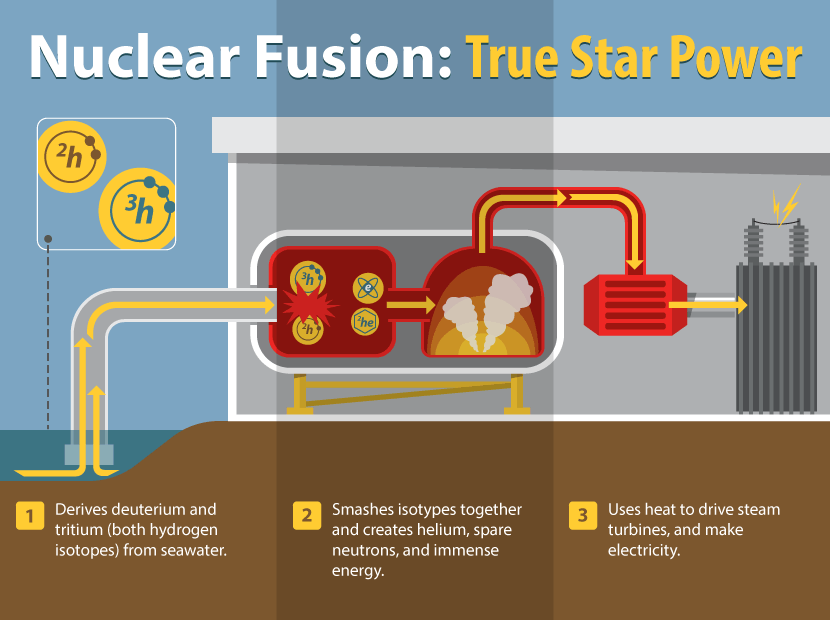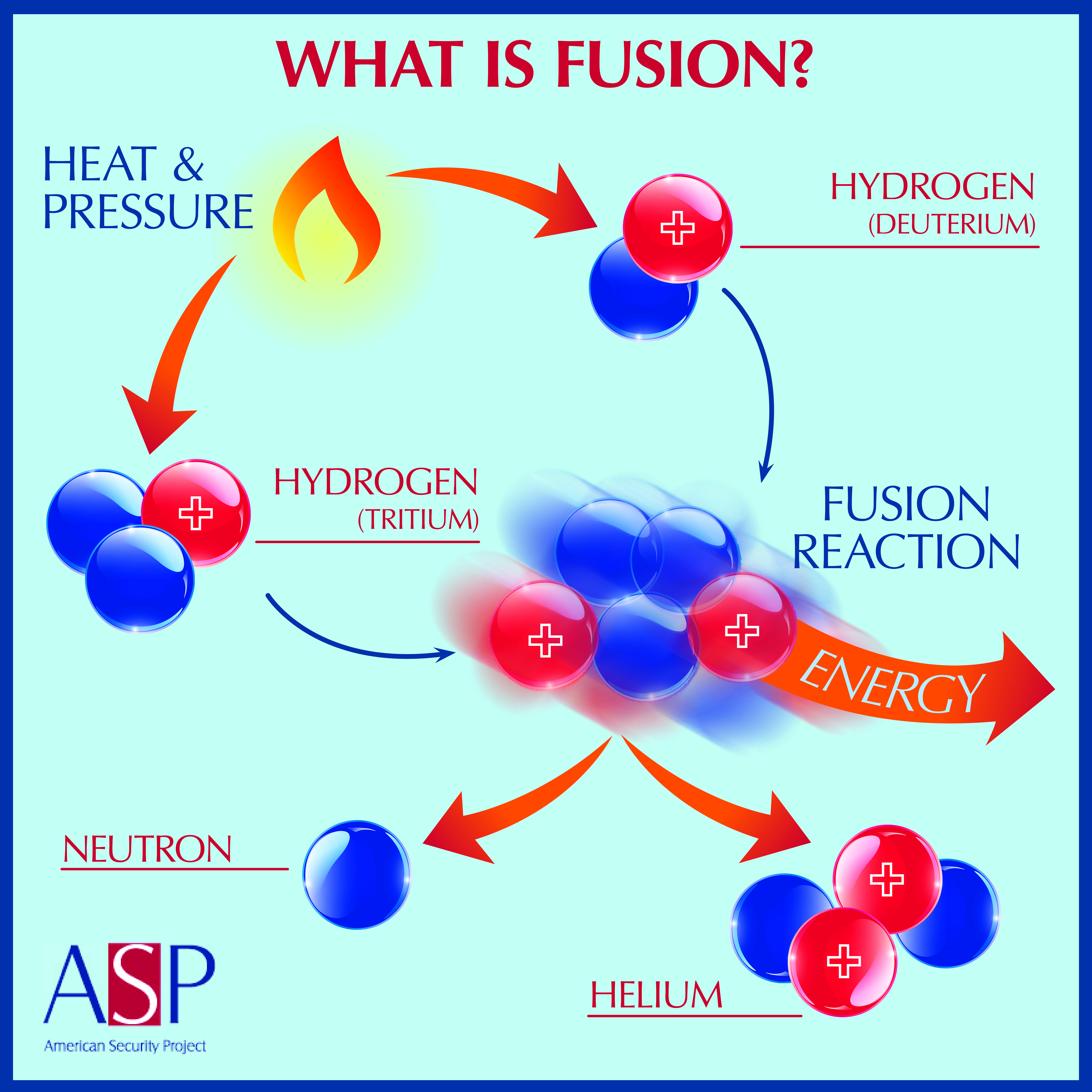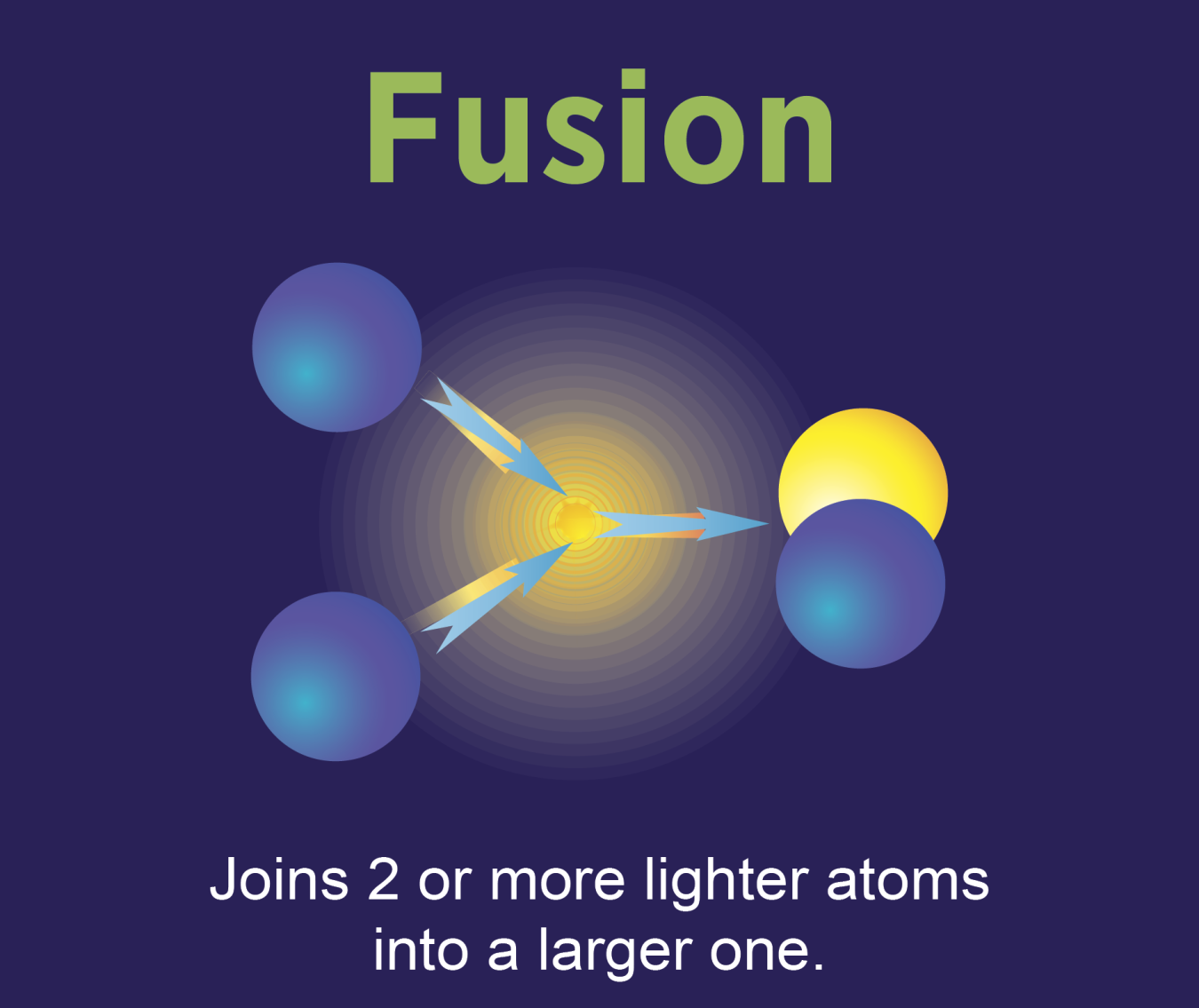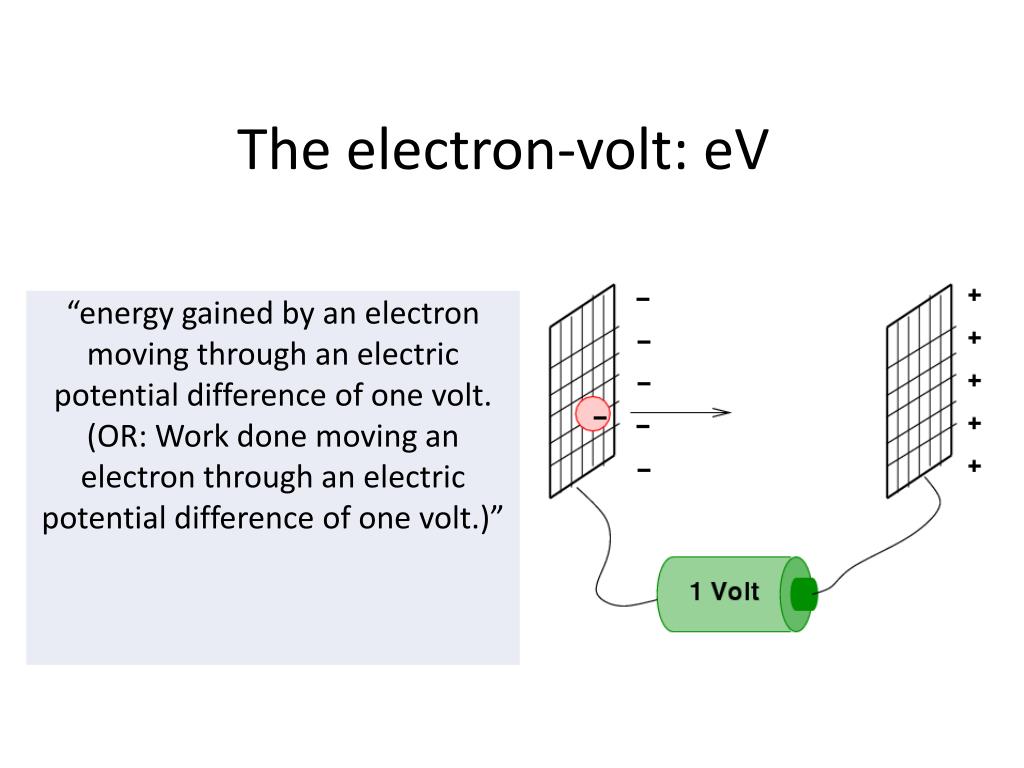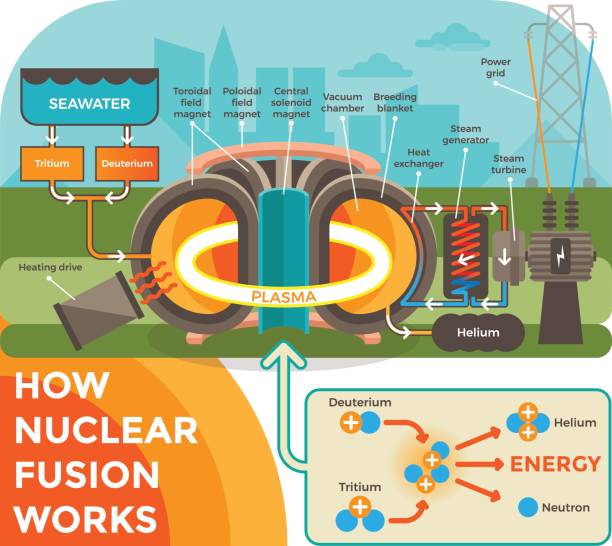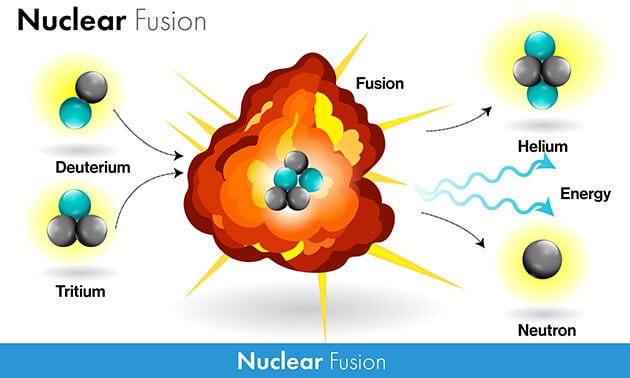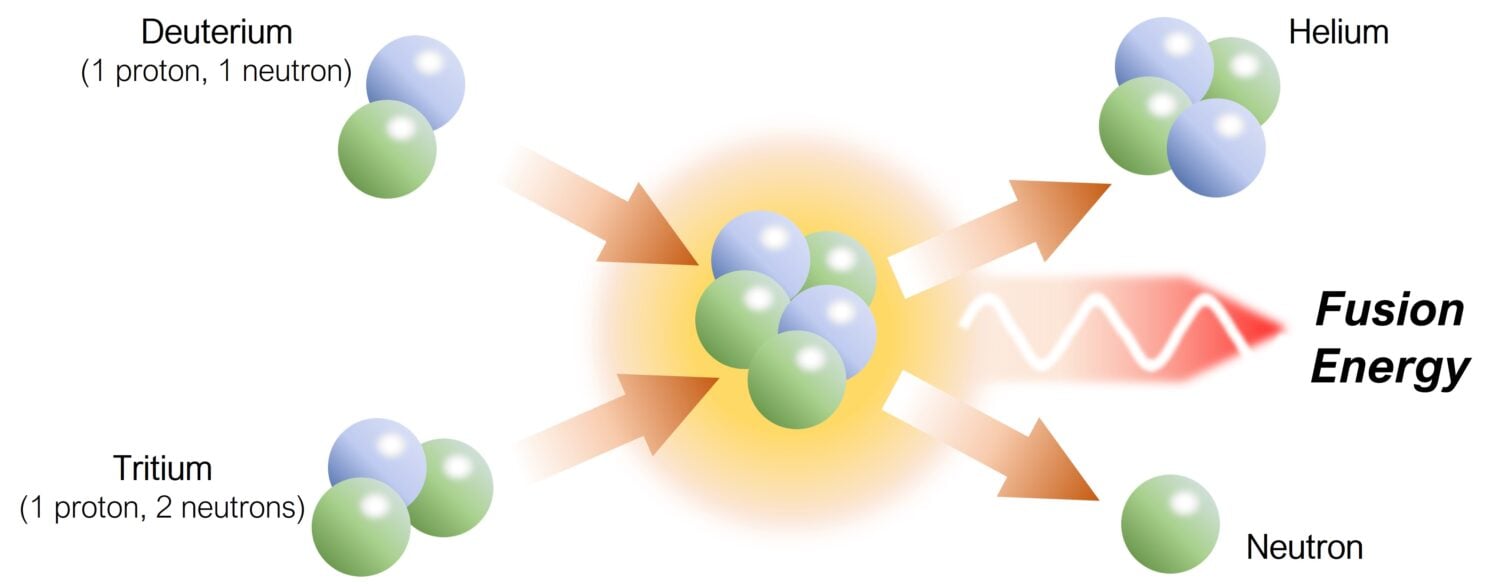How Do I Get Volt Fusion Energy

Imagine a world powered by virtually limitless, clean energy. No more reliance on fossil fuels, no more agonizing over carbon emissions. This isn't science fiction; it's the tantalizing promise of fusion energy, and specifically, the whisper of something called "Volt Fusion."
The dream of Volt Fusion, a potentially revolutionary approach to harnessing the power of the stars, ignites hope for a future free from energy scarcity. This article demystifies Volt Fusion, exploring what it is, how it works, and the pathway—however distant—that individuals might one day contribute to or even benefit directly from this groundbreaking technology.
The Fusion Frontier
Fusion, the process that powers the sun and stars, involves forcing atoms together to release tremendous amounts of energy. Unlike fission, which splits atoms, fusion is inherently safer and produces significantly less radioactive waste. Scientists have been chasing this holy grail of energy production for decades, facing enormous technical challenges.
The standard approach involves heating plasma (an ionized gas) to incredibly high temperatures—millions of degrees Celsius—and confining it using powerful magnetic fields. This is the principle behind projects like ITER, the International Thermonuclear Experimental Reactor, a massive global collaboration aiming to demonstrate the scientific and technological feasibility of fusion power.
Volt Fusion: A Spark of Innovation
Volt Fusion, while still largely conceptual in many forms, represents a potentially more accessible and efficient path to fusion energy. Instead of relying solely on extreme heat and magnetic confinement, Volt Fusion concepts often explore different methods to initiate and sustain fusion reactions. These methods might include using advanced lasers, acoustic waves, or even novel materials to catalyze the process.
The term "Volt Fusion" isn't necessarily tied to one specific technology but rather a class of innovative approaches that seek to overcome the limitations of traditional fusion methods. While many of these approaches are in their early stages of development, the potential benefits—smaller, cheaper, and more easily deployable fusion reactors—are driving significant research efforts.
The Science Behind the Spark
Many Volt Fusion concepts revolve around achieving what's known as "cold fusion," a term that has faced skepticism due to past controversies. Modern research, however, is exploring various ways to enhance fusion reactions without requiring the extreme temperatures of traditional methods.
One promising area involves using advanced materials, such as metallic lattices, to compress deuterium (a heavier isotope of hydrogen) atoms and increase the probability of fusion. Another approach focuses on using powerful, precisely tuned lasers to create tiny "hot spots" within a fuel pellet, triggering fusion reactions.
Some researchers are also investigating the use of acoustic waves to compress and heat plasma, offering a potentially simpler and more efficient way to initiate fusion. These innovative approaches are pushing the boundaries of our understanding of nuclear physics and materials science.
Getting Involved: A Path to the Future
While owning your own Volt Fusion reactor might be a distant dream, there are numerous ways to contribute to the advancement of fusion energy. The field is multidisciplinary, requiring expertise in physics, engineering, materials science, computer science, and more.
A strong foundation in STEM (Science, Technology, Engineering, and Mathematics) is crucial. Pursuing a degree in one of these fields can open doors to research opportunities at universities, national laboratories, and private companies working on fusion technology.
Education and Research
Universities around the world are actively involved in fusion research. Look for programs that specialize in plasma physics, nuclear engineering, or advanced materials. These programs often offer opportunities to participate in cutting-edge research projects and collaborate with leading scientists in the field.
National laboratories, such as the Princeton Plasma Physics Laboratory in the United States or the Culham Centre for Fusion Energy in the United Kingdom, are at the forefront of fusion research. These laboratories offer internships and postdoctoral positions for aspiring scientists and engineers.
The private sector is also playing an increasingly important role in fusion energy development. Companies like Commonwealth Fusion Systems and General Fusion are pursuing innovative approaches to fusion and are actively seeking talented individuals to join their teams.
Supporting Fusion Energy
Even without a scientific background, you can support the development of fusion energy. Advocate for increased government funding for fusion research. Write to your elected officials, support organizations dedicated to promoting fusion energy, and stay informed about the latest developments in the field.
Public awareness and support are crucial for ensuring that fusion energy receives the attention and resources it deserves. By educating yourself and others about the potential benefits of fusion, you can help create a more sustainable energy future.
The Road Ahead
Volt Fusion, and fusion energy in general, still faces significant challenges. Achieving sustained, net-positive energy from fusion reactions remains a formidable task. However, the progress made in recent years is encouraging, and the potential rewards are enormous.
The development of fusion energy could revolutionize the world, providing a clean, abundant, and virtually inexhaustible source of power. It could also mitigate climate change, reduce our reliance on fossil fuels, and create new economic opportunities.
The path to Volt Fusion may be long and winding, but the journey is worth taking. By supporting research, pursuing education, and advocating for fusion energy, we can all play a role in making this dream a reality. The future of energy may very well be in our grasp.

